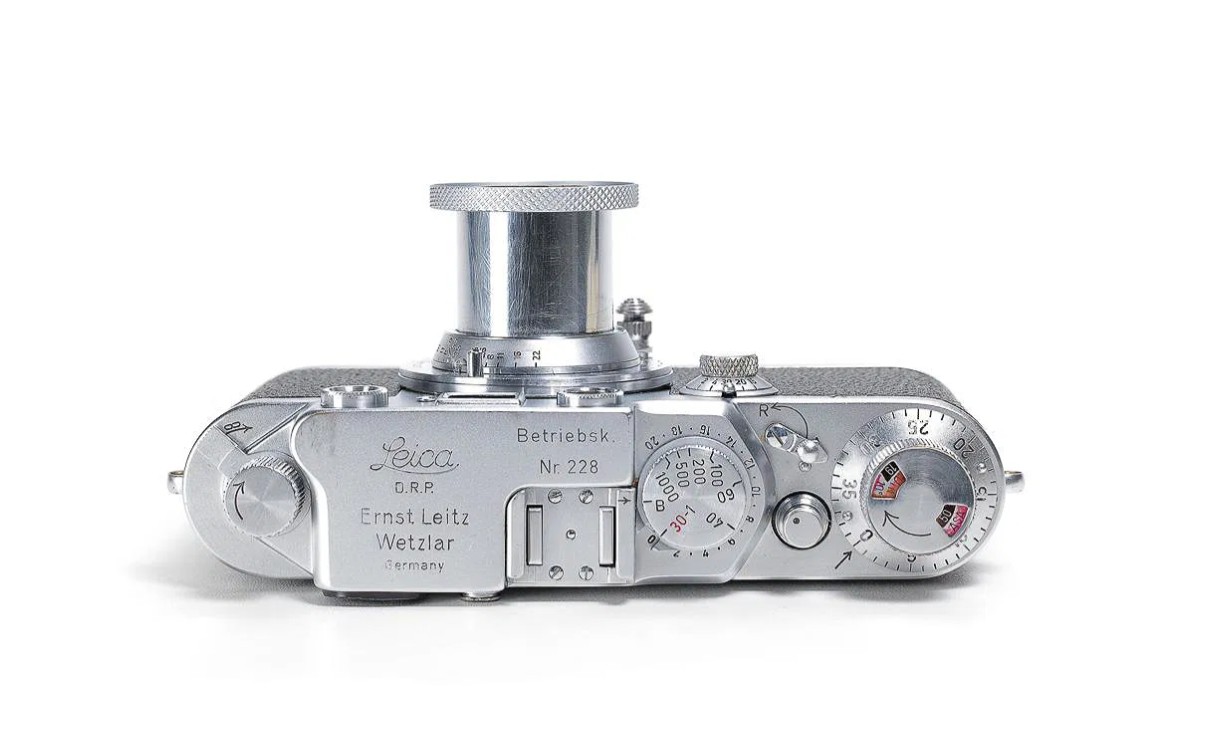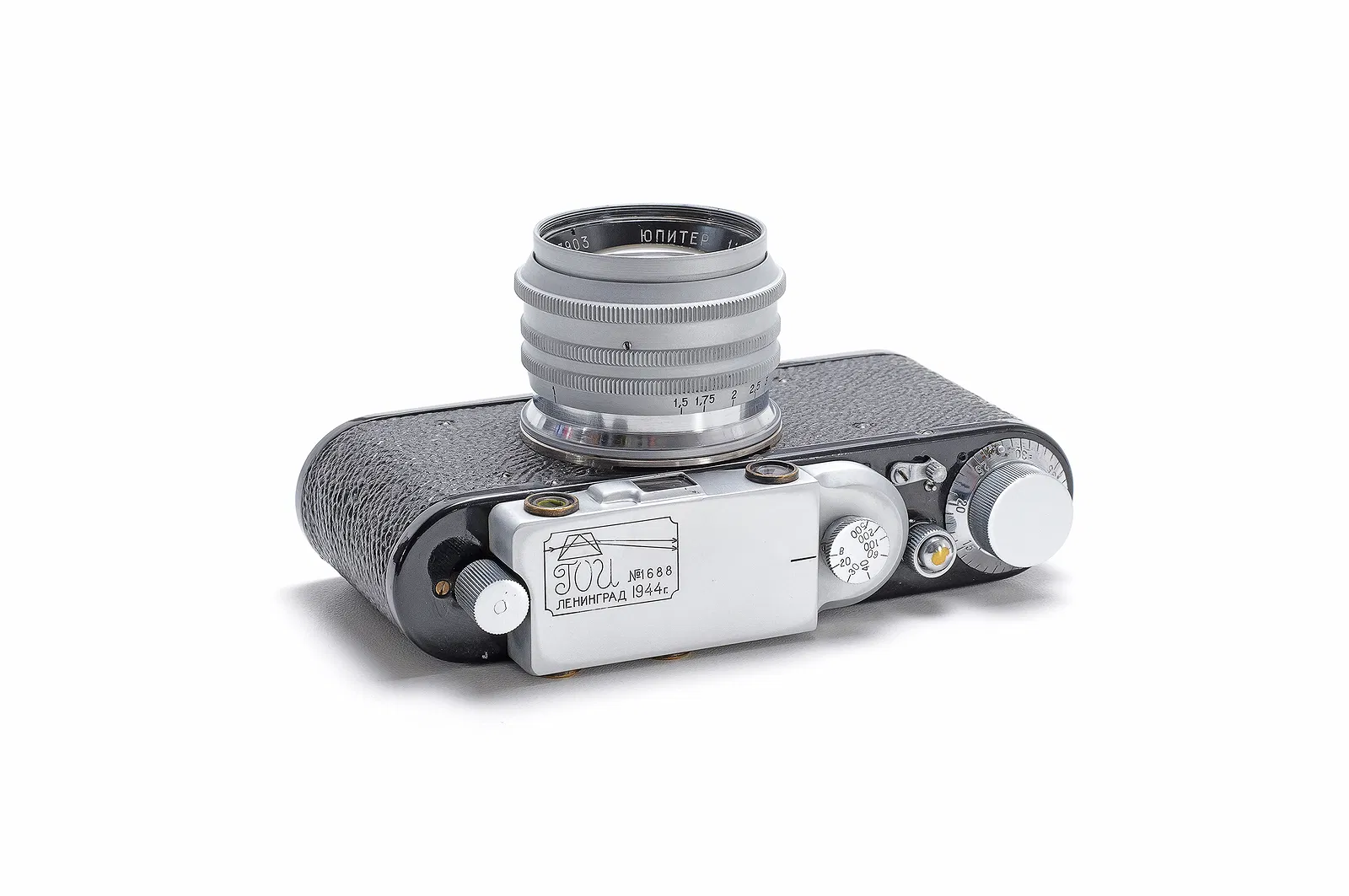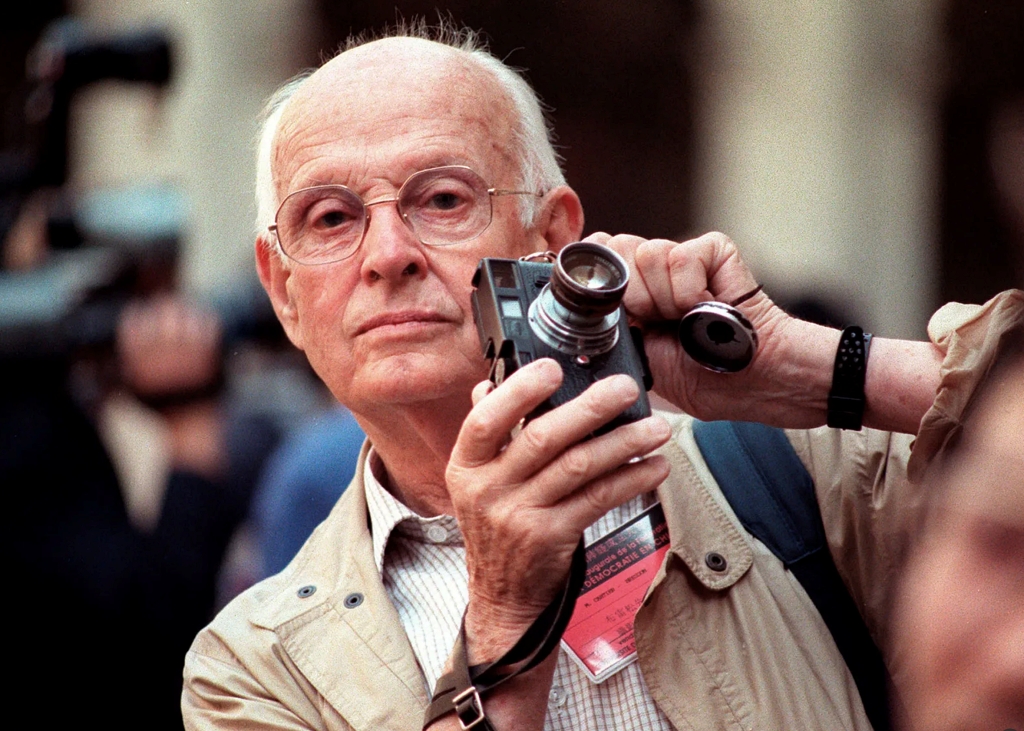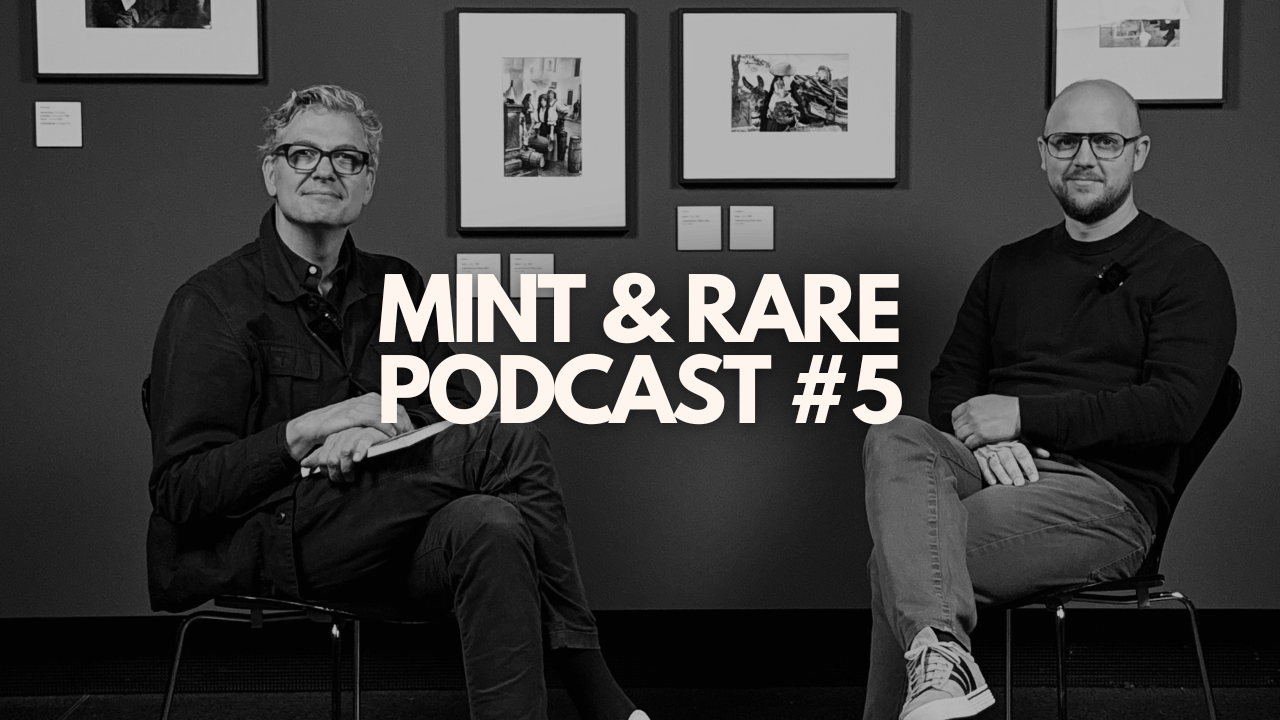Canon EF 1200mm f/5.6 L USM Review by JuzaPhoto
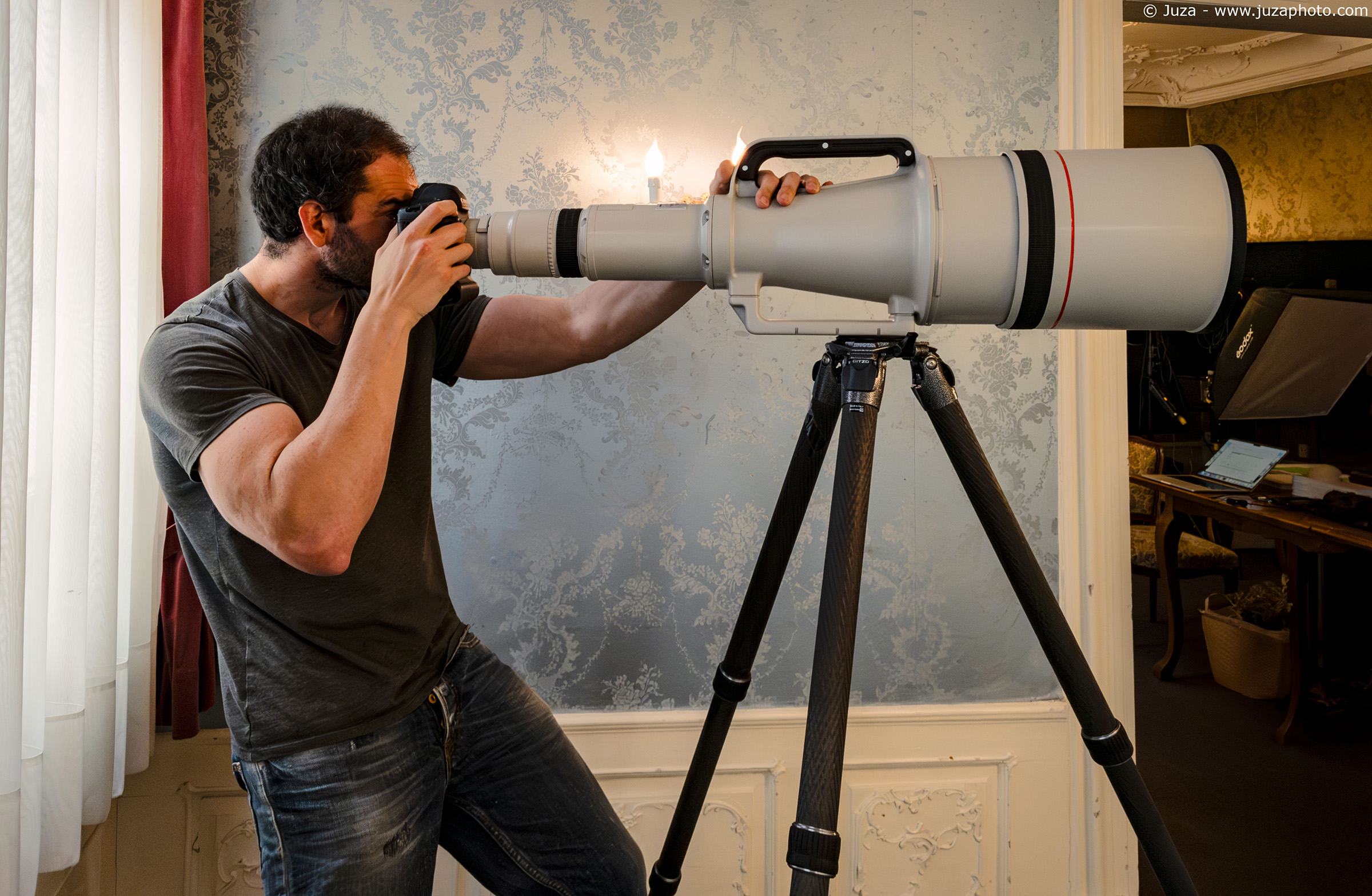
The Canon EF 1200mm f/5.6 L USM is the most extreme autofocus super telephoto lens ever made and sold to the public (although in very limited numbers). It has always had a legendary aura: an extremely rare lens, occasionally spotted at some events, but for most, something only seen in a few photos circulating on the web. It’s an unattainable lens that belongs in a class of its own and makes even dream lenses like the 500mm F4 and 600mm F4 seem small and common. I finally had the chance to try it in person!
The history of the 1200mm F5.6
The legendary Canon 1200mm F5.6 originates in the distant 80s: it was patented in 1980 and the first five examples of what was then the Canon FD 1200mm f/5.6 L were made for the 1984 Los Angeles Olympics; they were manual focus and among the peculiar features they had an integrated 1.4X multiplier that allowed you to transform the lens into a 1680mm f/8. This solution was then abandoned by Canon for decades, and finally revived in the Canon EF 200-400 f/4L IS 1.4x produced from 2013 to 2023 (and rumors speak of a return to future RF superteles).
The five copies of the Canon FD 1200 were then disassembled and converted to the EF mount; the autofocus motor was added and the integrated teleconverter was eliminated: thus was born the Canon EF 1200mm f/5.6 L USM (which therefore has the same optical scheme as the 1984 1200 FD), marketed in a very limited series from 1993 to 2006.
Like other ultra-rare super-teles, the Canon EF 1200mm was only made to order: it took about 18 months to manufacture it as it was a hand-made lens (there was no assembly line or mass production for the 1200!), and it took about a year just to create the huge fluorite lens mineral used for its optical properties. The selling price was around 150 million lire, or about 90000 euros in the last years in which it was on the market: an undoubtedly enormous figure, over ten times the cost of an EF 600 f/4 L IS USM (about 8000 euros in 2010), and four times the cost of the Sigma 200-500 f/2.8 (about 25000 euros). On the other hand, compared to the two million euros of the Leica 1600mm f/5.6 the Canon seems almost a bargain, and potentially it has been for many of its buyers: the rare copies in circulation are now sold used at a price much higher than new; an example like the one I had in my hands was auctioned at the price of half a million euros by Wetzlar Camera Auctions (WCA), the same auction house that provided me with the 1200 that you can see in this article.
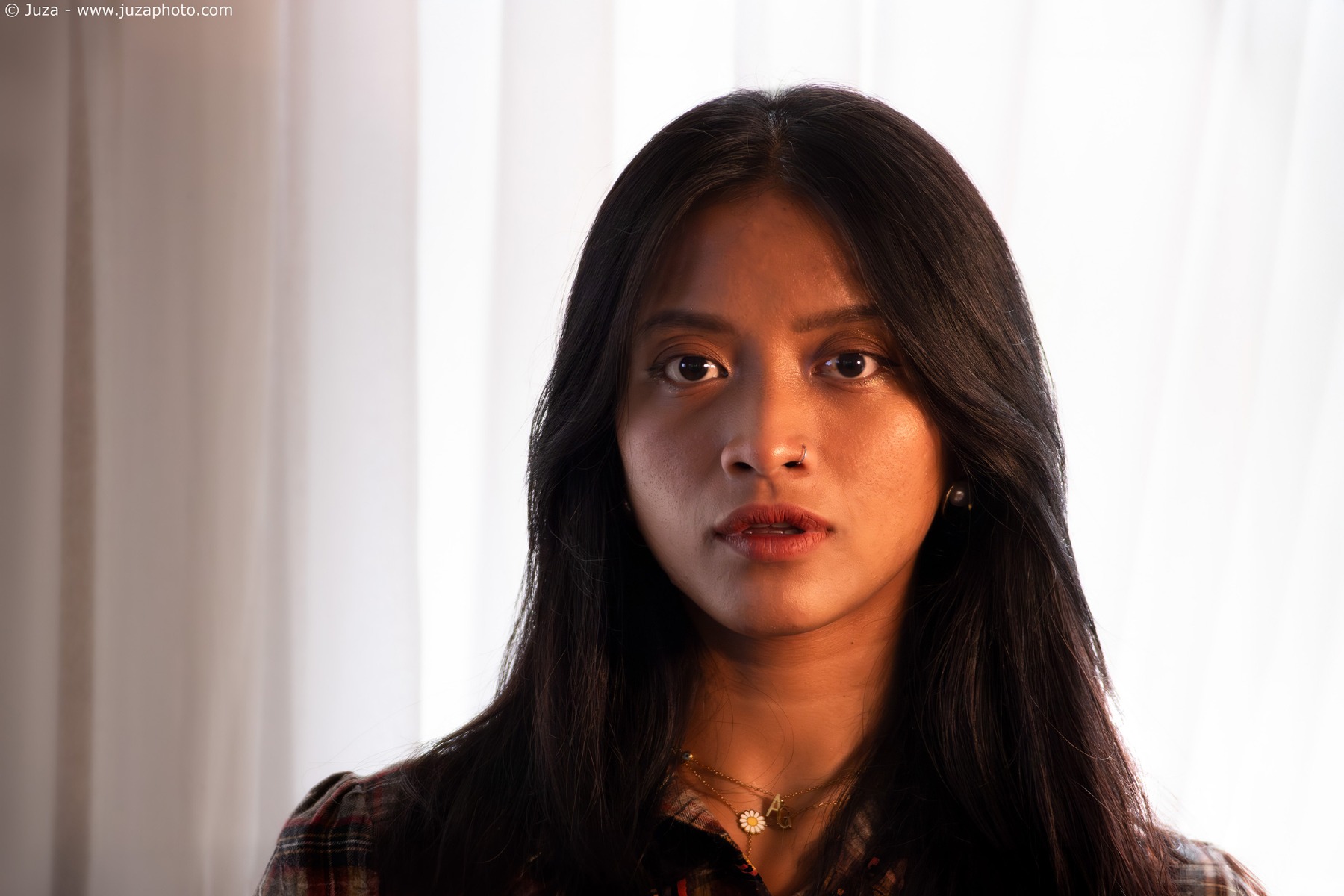
Canon 1DX Mark II, Canon EF 1200mm f/5.6 L USM, 1/125 f/5.6, ISO 6400, tripod
Construction and features
Like all Canon super-telece, the 1200mm has a white painted metal barrel; it is 83 centimeters long and has a diameter of 23cm; The weight is 16.5 kilos. About halfway through the optics we find a huge carrying handle and a tripod mount which, as on other optics of this size, is not the classic "foot" but a much more robust structure, in the shape of an inverted handle. The lens hood is built into the lens but, unlike that of the Leica 1600mm or Sigma 200-500 F2.8, it is not fixed: although it cannot be disassembled, it is possible to slide it forward to better cover the front lens or vice versa move it to the "closed" position to take up less space in the suitcase. This choice is probably due to the fact that, due to the shape of the optics, it would be impossible to mount the lens hood upside down during transport; A separate lens hood would therefore have added a huge footprint to the already large 1200mm.
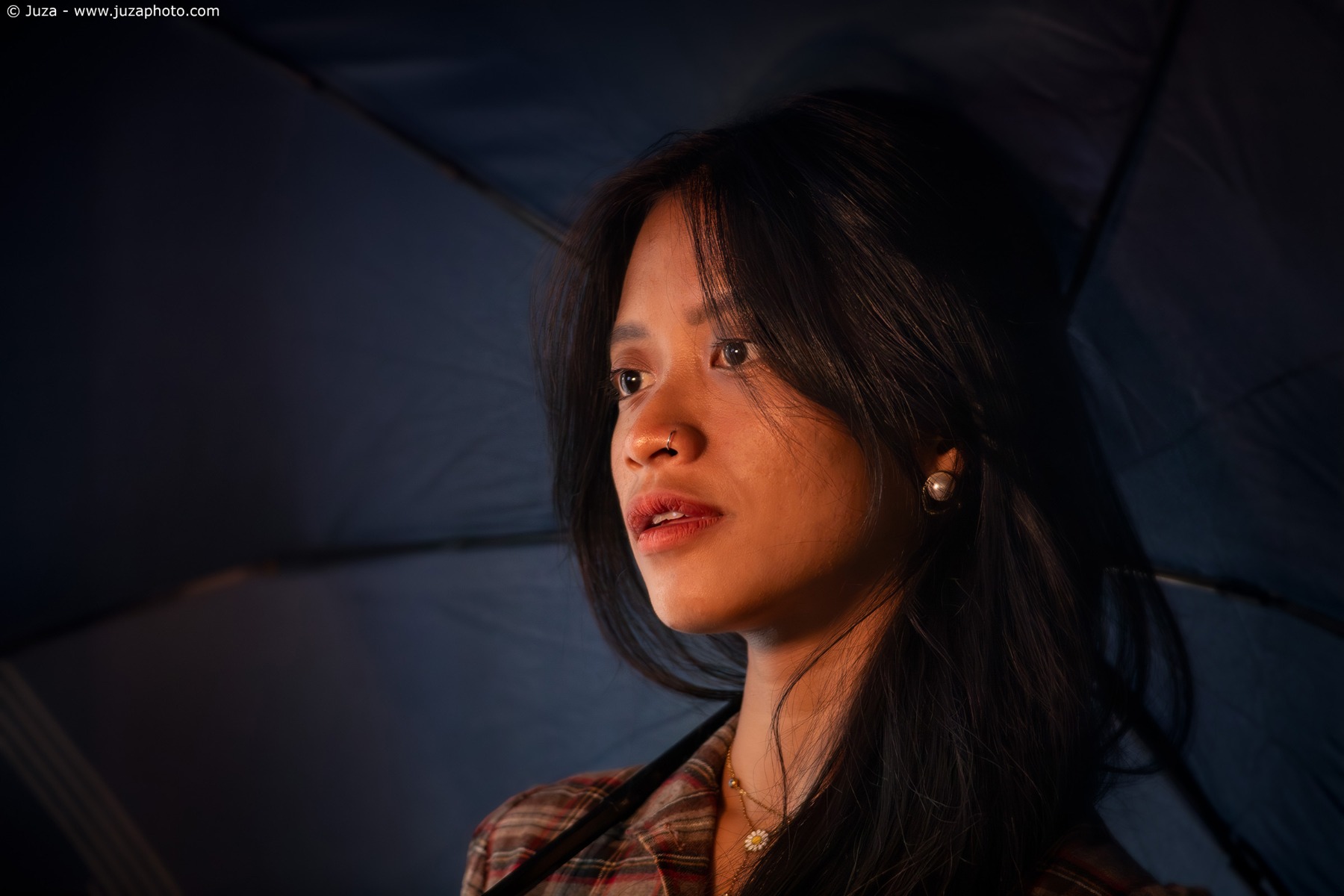
Canon 1DX Mark II, Canon EF 1200mm f/5.6 L USM, 1/125 f/5.6, ISO 6400, tripod
Another common solution for huge optics is the swivel back: since it is not possible to easily rotate the entire optics to go from horizontal to vertical, it is made possible to rotate the back. On the back we find the classic selectors for AF/MF and the focus limiter that allows you to choose between three positions: 14-30m, 30m-infinity and 14m-infinity (i.e. full range). The other selectors allow you to choose the speed of the focus by wire, set a focus preset and activate or deactivate the focus "beep".
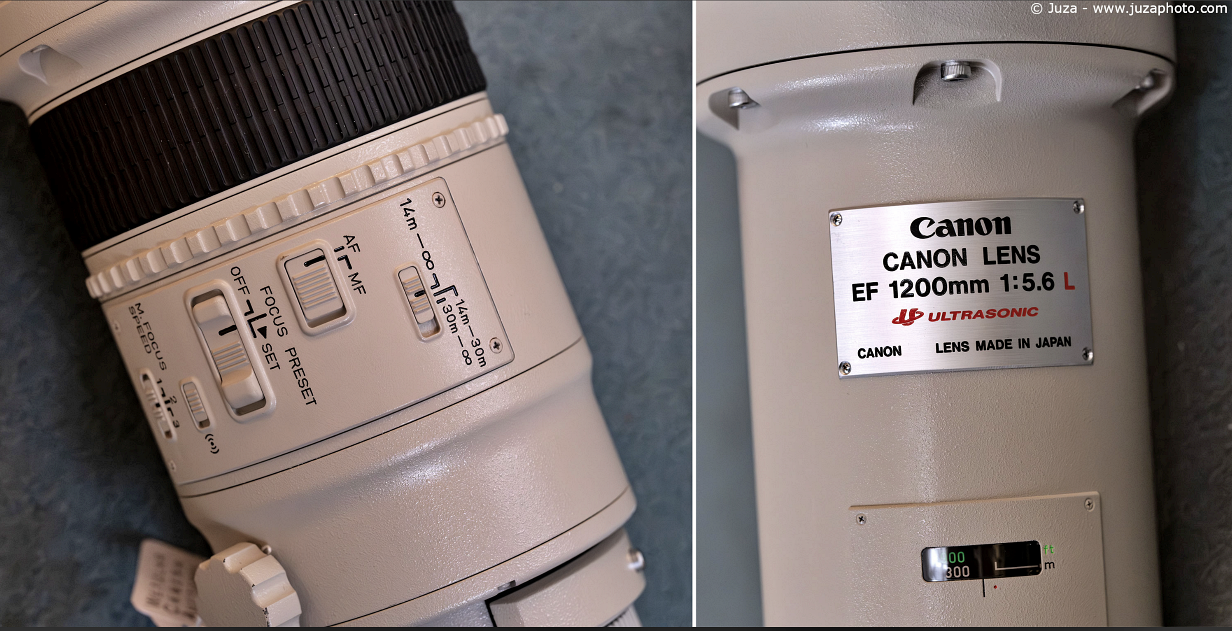
Various details of the Canon EF 1200mm f/5.6L USM.
The optical scheme consists of 13 lenses in 10 groups, although two of these are respectively a small 48mm drop-in rear filter and a front protective glass; If we do not consider these two, the actual optics are made up of 11 lenses in 8 groups, two of which are fluorite lenses (the largest is the front lens with a diameter of 20 centimeters). The diaphragm has 8 blades, and the focus is done by USM motor (ring-USM type), which also takes care of manual focus: the Canon EF 1200 had in fact focus-by-wire, a solution that has since become very common on modern mirrorless lenses. The minimum focusing distance is 14 meters, and as you can imagine the macro capabilities are very modest (0.09x).
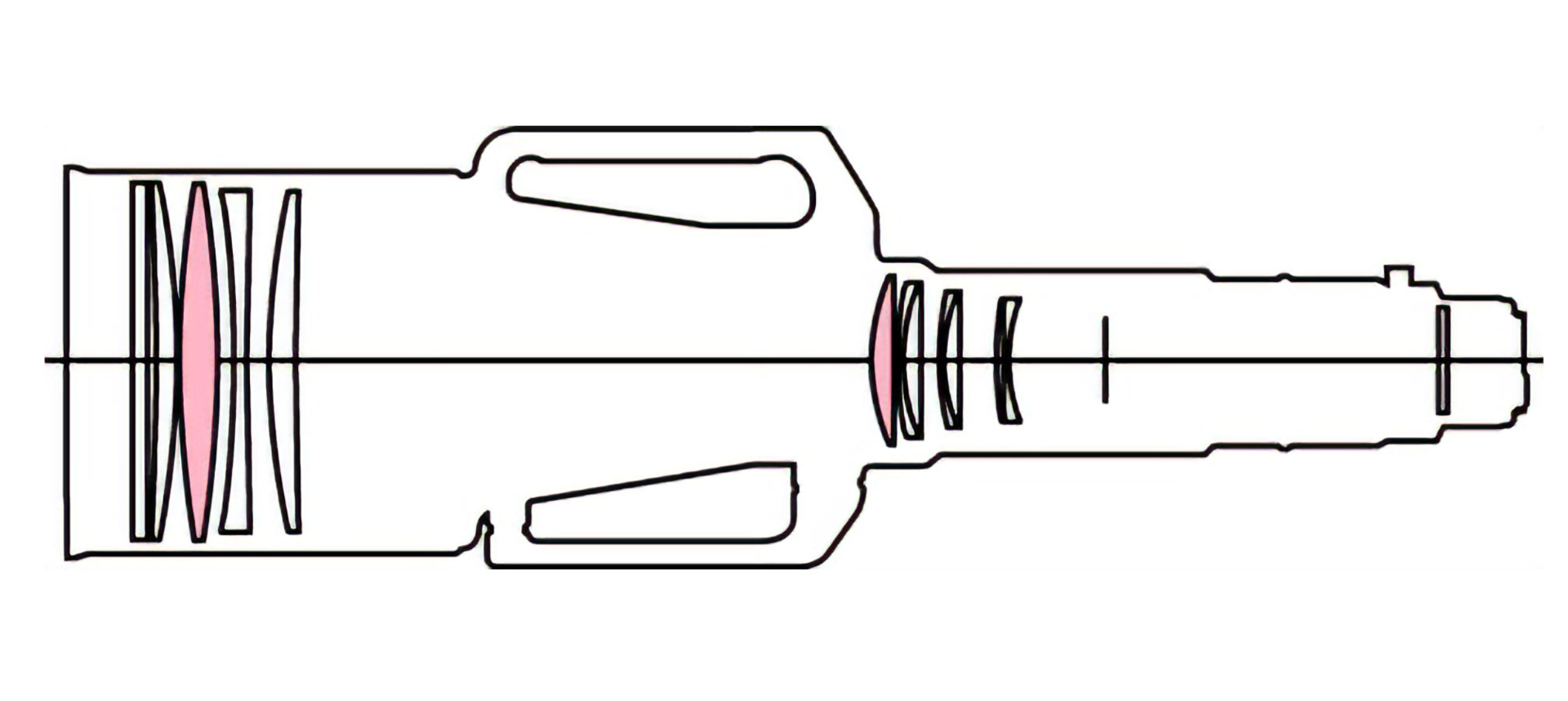
There is no image stabilization, which makes the lens susceptible to vibrations, also given the enormous focal length: it is necessary to use a solid tripod and an equally solid head, even if in part the enormous weight of the lens reduces the risk of micro-blur. Obviously it makes no sense to use it freehand; even if physically it is possible to lift it (in my famous photo with the Sigma 200-500 f/2.8 I was lifting the same weight, about 16kg) you would not be able to frame the subject without having a very strong risk of blur.
If we look at MTFs, the optical performance is not at the level of modern superteles; however, taking into account that we are talking about a lens born in 1980, it is still better than you might expect (and superior to other mega-telephoto lenses I have tried), and it solves the 20 megapixel sensor of the 1DX II well. The image quality is identical both at full aperture and when closed to f/8; Obviously this lens has been designed to always shoot at f/5.6, otherwise you would lose the sense of carrying around 16kg and 90000 euros of lens.
If we compare the graphs with the Canon RF 1200mm f/8, which is basically an EF 600 f/4 III "welded" to a 2X teleconverter, we will see that this combination (600 F4 III + 2X or RF 1200 F8) has a better performance than the 1200 f/5.6, albeit at the cost of 1 stop less brightness. However, at least in the center the difference is not huge, further testimony to the excellence of this optical scheme designed in the early 80s.
Compared to the Canon RF 600mm f/4 (or its "twin" EF 600 F4 III), the modern 600 F4 is obviously much sharper; if we mount the 2X on the Canon RF 600 we get a 1200 F8 with almost identical performance to that of the Canon RF 1200mm f/8 and, as seen above, with slightly better performance than the 1200 F5.6.

The Canon EF 1200mm is also compatible with teleconverters, and can become a 1700mm f/8 or a 2400mm f/11. It is possible to mount extension tubes in case you need to focus a little closer than the 14 meters, and as we have already seen on the back you can mount 48mm filters. Supplied with the lens we have a huge case that alone weighs around 15kg: in other words, during transport we will carry around over 30kg, not counting the weight and size of the tripod.
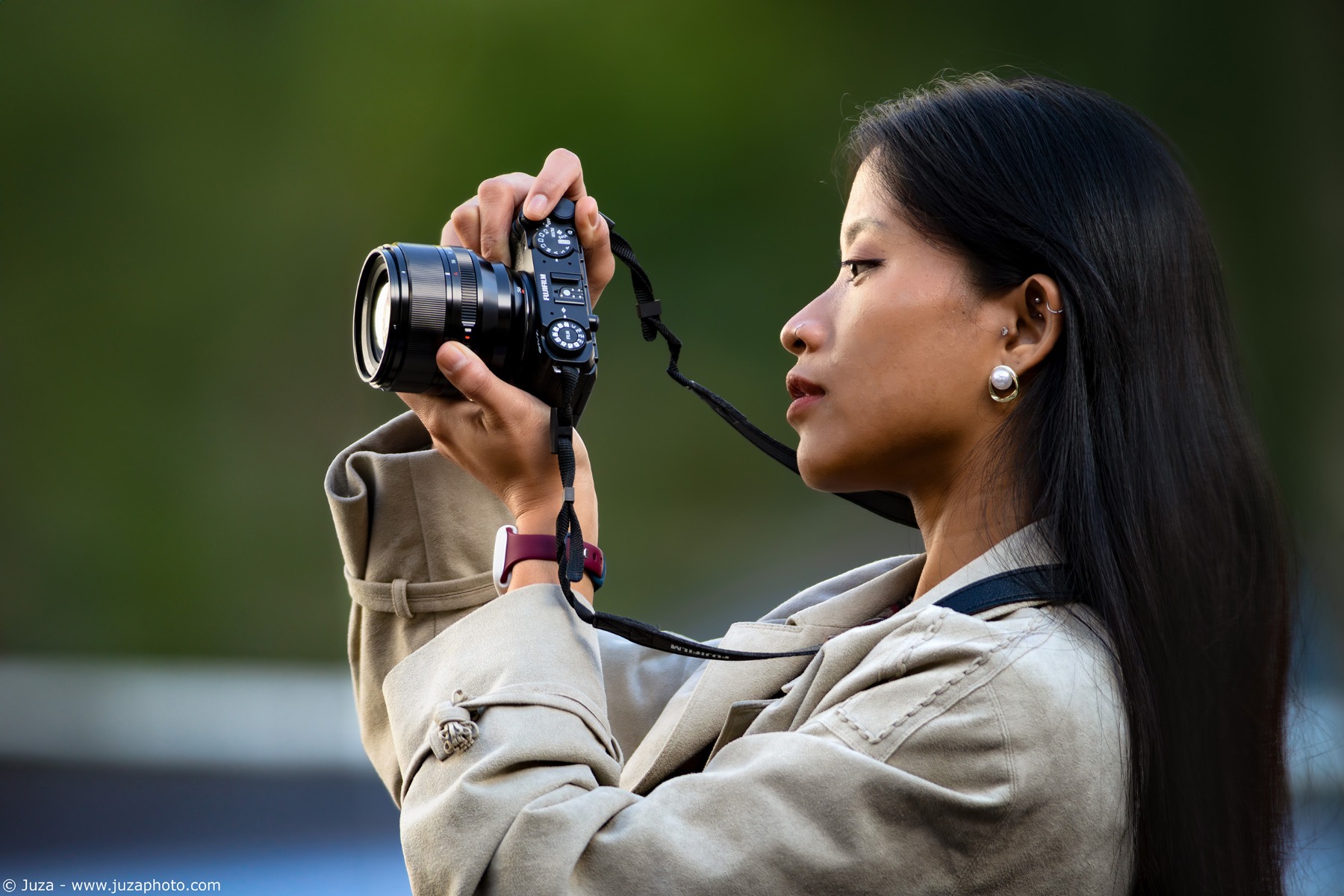 Canon 1DX Mark II, Canon EF 1200mm f/5.6 L USM, 1/640 f/5.6, ISO 800, tripod.
Canon 1DX Mark II, Canon EF 1200mm f/5.6 L USM, 1/640 f/5.6, ISO 800, tripod.
It is not known how many EF 1200mm f/5.6 were made; There is talk of twenty or thirty examples in the world and, although there is no official confirmation, this number seems quite realistic. The only example in Canon's possession, which in theory I should have tested almost fifteen years ago, was damaged beyond repair: some sources say during an expedition, other legends tell of an unfortunate journalist who dropped it (and I guess he is no longer with us to tell about it ;-)). So, after chasing this lens for decades, I finally had the opportunity to try it thanks to Wetzlar Camera Auctions (WCA), a luxury auction house that deals with rare and high-quality cameras and lenses, based in Wetzlar, the city where Leica also has its headquarters and where in recent months I had tested the 1600mm f/5.6. Lucky coincidence, which also allowed me to return to work with Azzahra, the model I had met in the shooting with Leica.
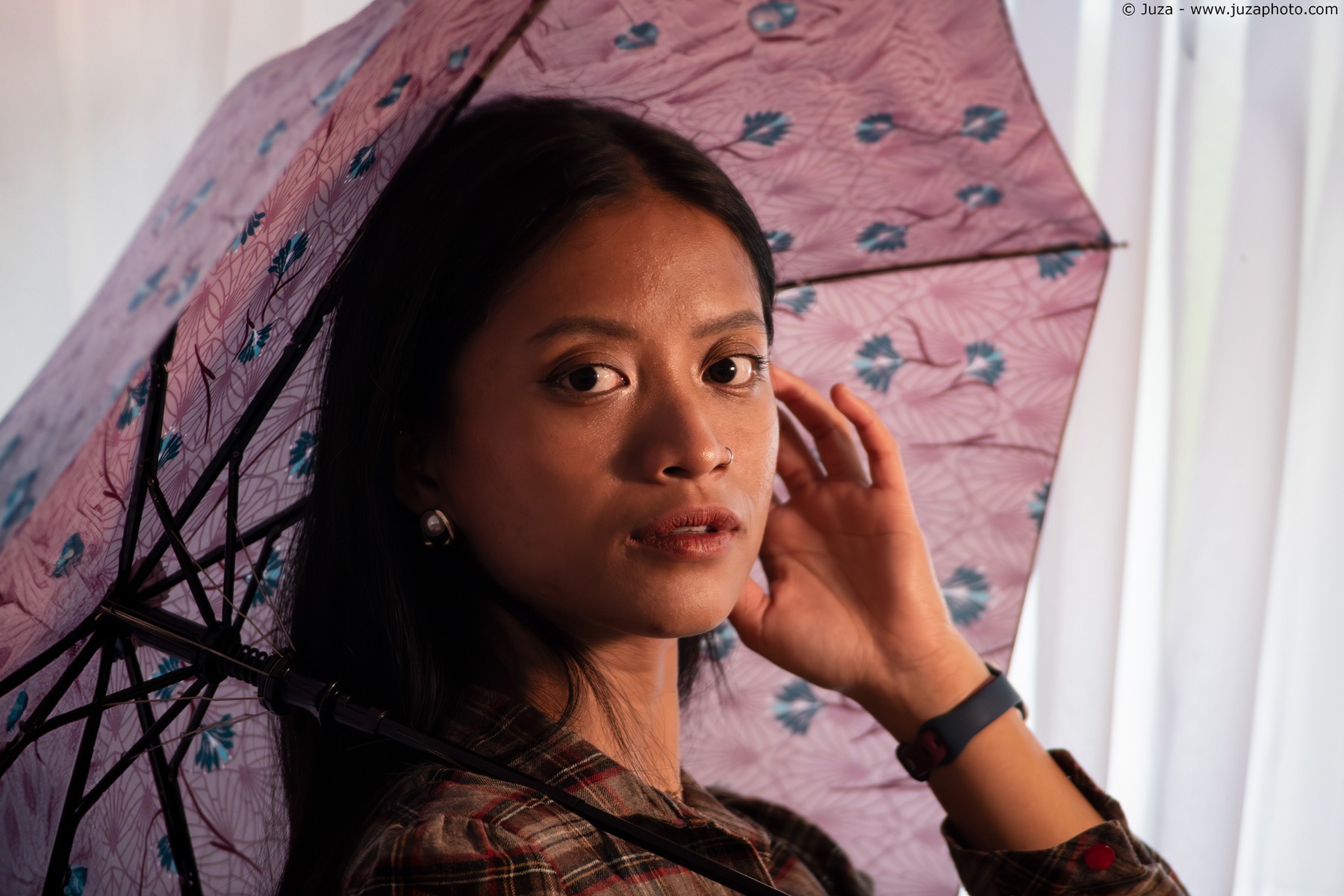 Canon 1DX Mark II, Canon EF 1200mm f/5.6 L USM, 1/200 f/5.6, ISO 6400, tripod
Canon 1DX Mark II, Canon EF 1200mm f/5.6 L USM, 1/200 f/5.6, ISO 6400, tripod
I join Lars Netopil of WCA in a hotel in Wetzlar and finally get to see the long-awaited 1200 in person. The lens is in his original case and Lars' collaborators handle it wearing white gloves, which makes me slightly doubt whether it is possible to submerge it in a swamp or carry it on their shoulders around the woods. I will therefore have to work indoors, in conditions bordering on the impossible: shutter speeds around 1/125 on a 1200mm without stabilization! The lens is mounted on the most solid Gitzo tripod I've ever seen, and to solve the problem of "which head will be able to support it" it is mounted directly on the tripod, without a head: this will allow me to avoid micro-blur despite the slow shutter speeds, but on the other hand it makes it very difficult to change the frame, which requires you to reposition the tripod legs from time to time and slightly change the inclination.
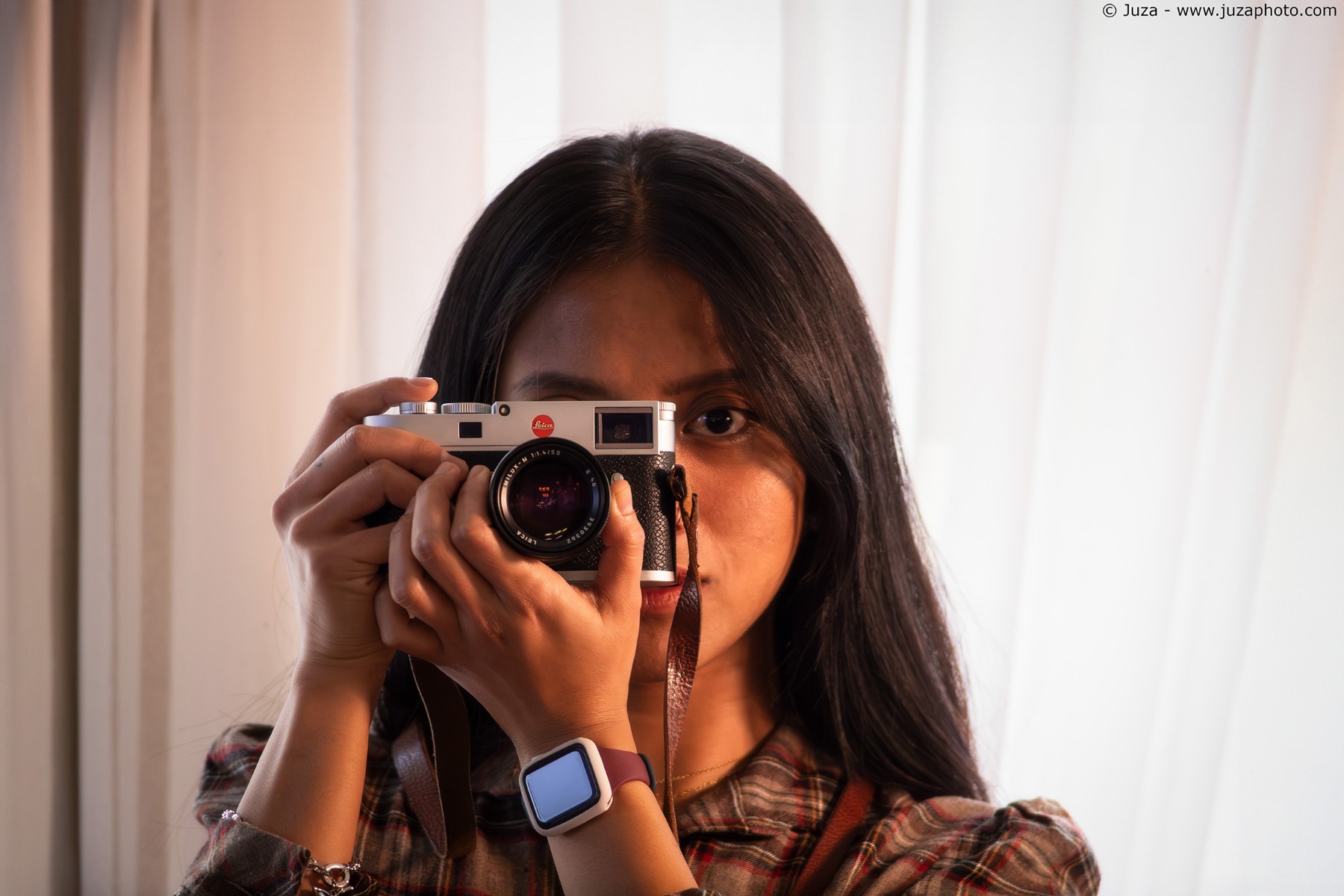 The case of the Canon EF 1200mm f/5.6 L USM
The case of the Canon EF 1200mm f/5.6 L USM
To try to improve the results, I experiment with various solutions: I use colored umbrellas to have a more varied and pleasant background and I mount a spotlight with warm light in order to balance the lights in the hotel and to be able to experiment with different cuts of light, as well as creating beautiful warm tones. To gain a few more meters of distance and slightly widen the frame, I ask Azzahra to leave the hotel and photograph her through a window, which allows me to have a natural background and shoot in ambient light, with lower sensitivities.
Focusing, in combination with the 1DX II, is fairly fast (faster and quieter than the Sigma 200-500 f/2.8, which due to its peculiar optical design uses a huge rail to move the lenses and requires a built-in battery). Looking at the images on the camera screen, the rendering surprises me positively: for a lens from over 40 years ago, it is able to resolve the 20MP sensor. Overall, it is perhaps the most usable of the extreme supertelephoto I have tried: the AF makes a huge difference, and all in all size and weight are not as "impossible" as the meter and a half and 45kg of the Leica 1600mm F5.6 I tried previously. But it is still an optic with an uncommon weight and bulk.
 Canon 1DX Mark II, Canon EF 1200mm f/5.6 L USM, 1/125 f/5.6, ISO 6400, tripod
Canon 1DX Mark II, Canon EF 1200mm f/5.6 L USM, 1/125 f/5.6, ISO 6400, tripod
I brought a modern EF 600 F4 IS II (for which I thank my friend Sandro "Titino") to use as a benchmark to give an idea of the size: the latter looks like a toy compared to the huge 1200mm F5.6. With digital and the possibility of shooting at very high ISO, a lens like the 1200 now makes little sense; a modern 600 F4 + 2X weighs and costs a fraction, and has a better performance (even if it becomes F8); however, when the 1200 was designed, digital did not exist, and the ISO rendering of modern cameras was still forty years away, so even the single stop difference between an F5.6 and F8 could be decisive. Nowadays, the only reason to use the 1200 F5.6 might be the greater separation between subject and background due to the brighter aperture.
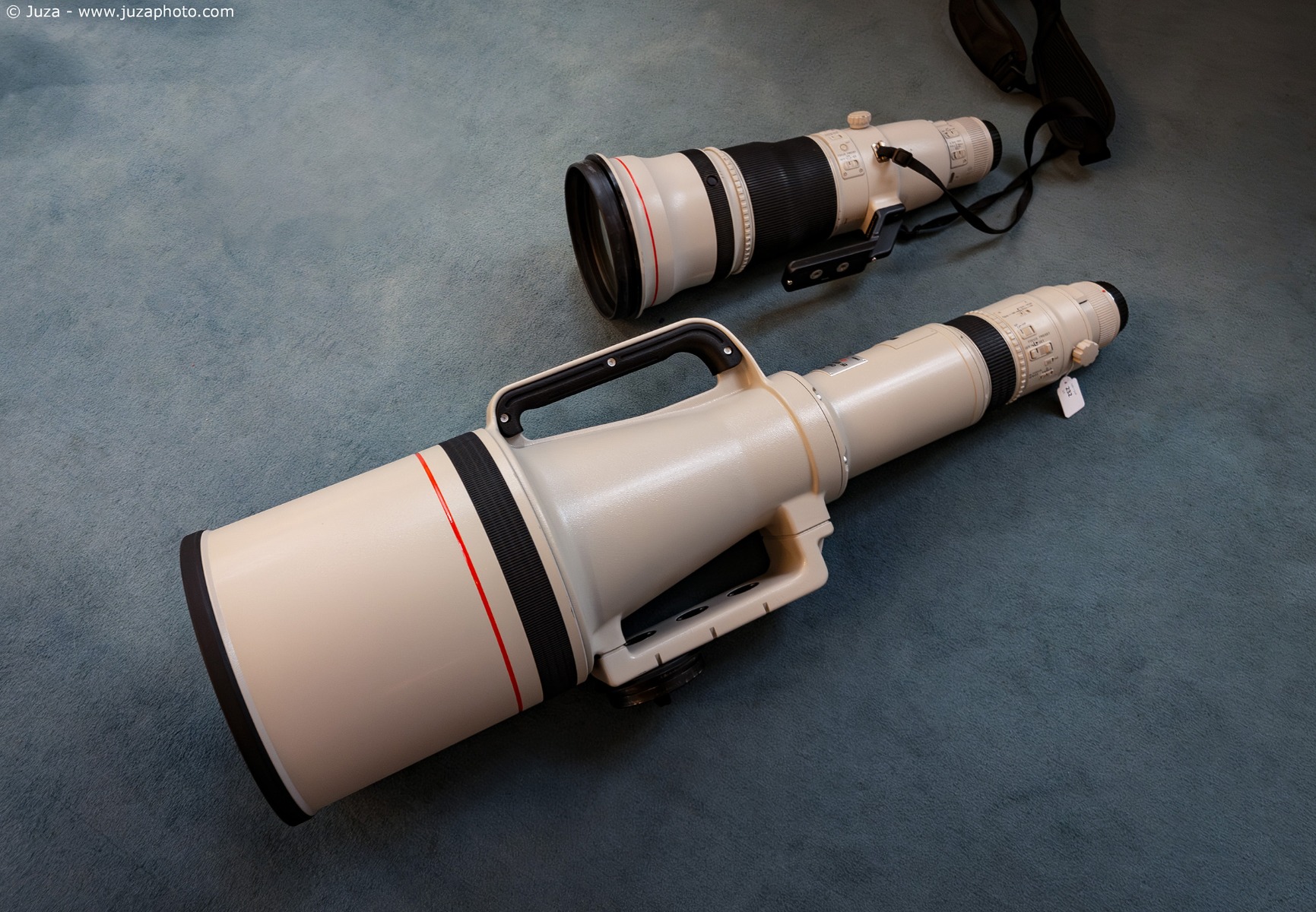
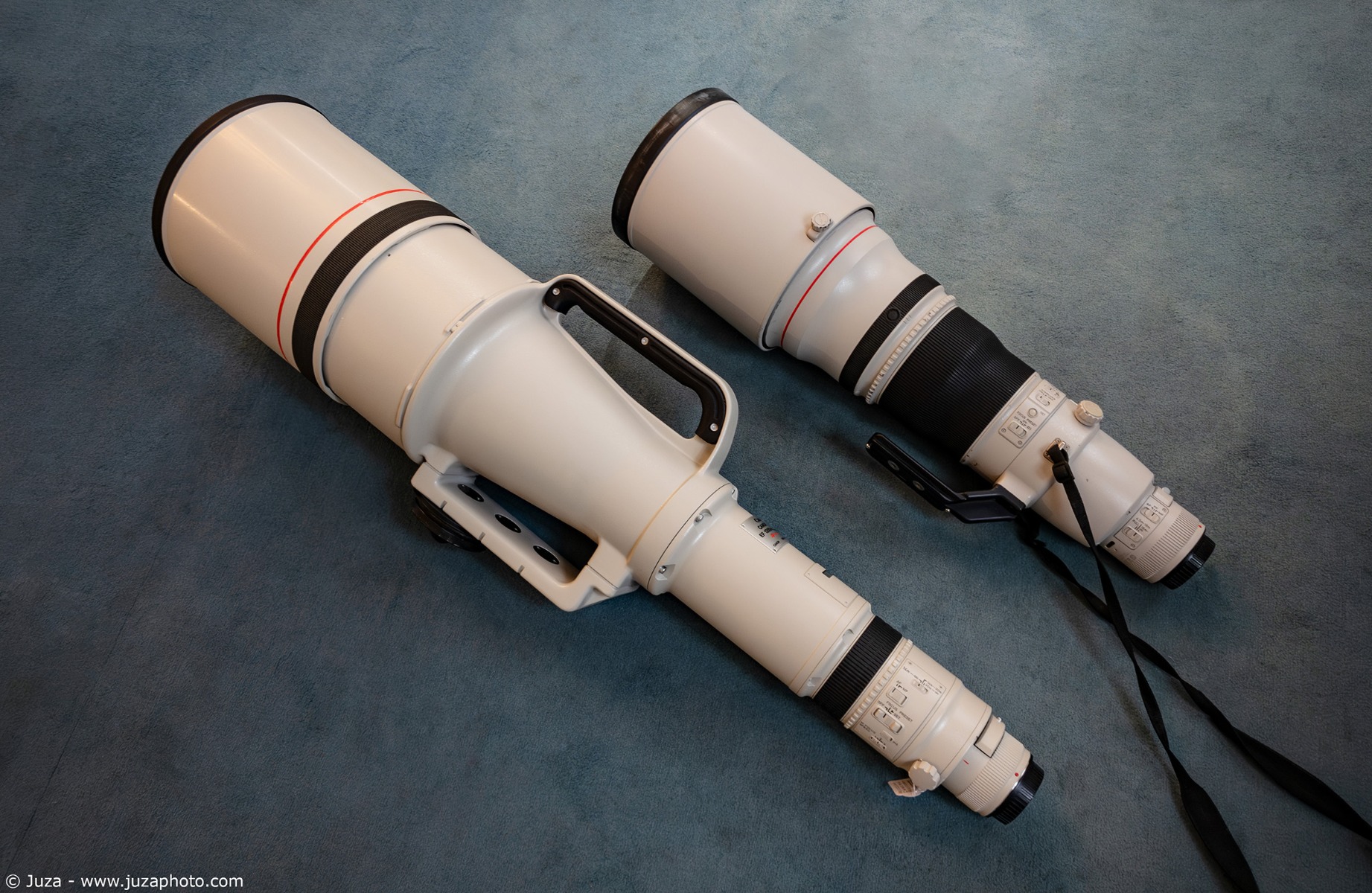
The 1200 F5.6 compared to the EF 600 F4 IS II; in the first photo both without lens hood (lens hood retracted in the case of the 1200) and in the second with lens hood.
Looking at the details of the lens, I look with curiosity at the instruction manual, which begins with the classic "Thank you for buying the Canon EF 1200mm f/5.6 L USM", as if it were any 70-300 zoom: with the difference that to buy the 1200 you didn't just go to the store and take it home, but you have to place an order at Canon, pay the huge amount required and wait 18 months. The manual, which I report in full, is six pages long (a lot for a lens) and describes in detail every feature of the lens (even if with some printing errors, for example the optical scheme listed as "36 elements" when there are actually 13).
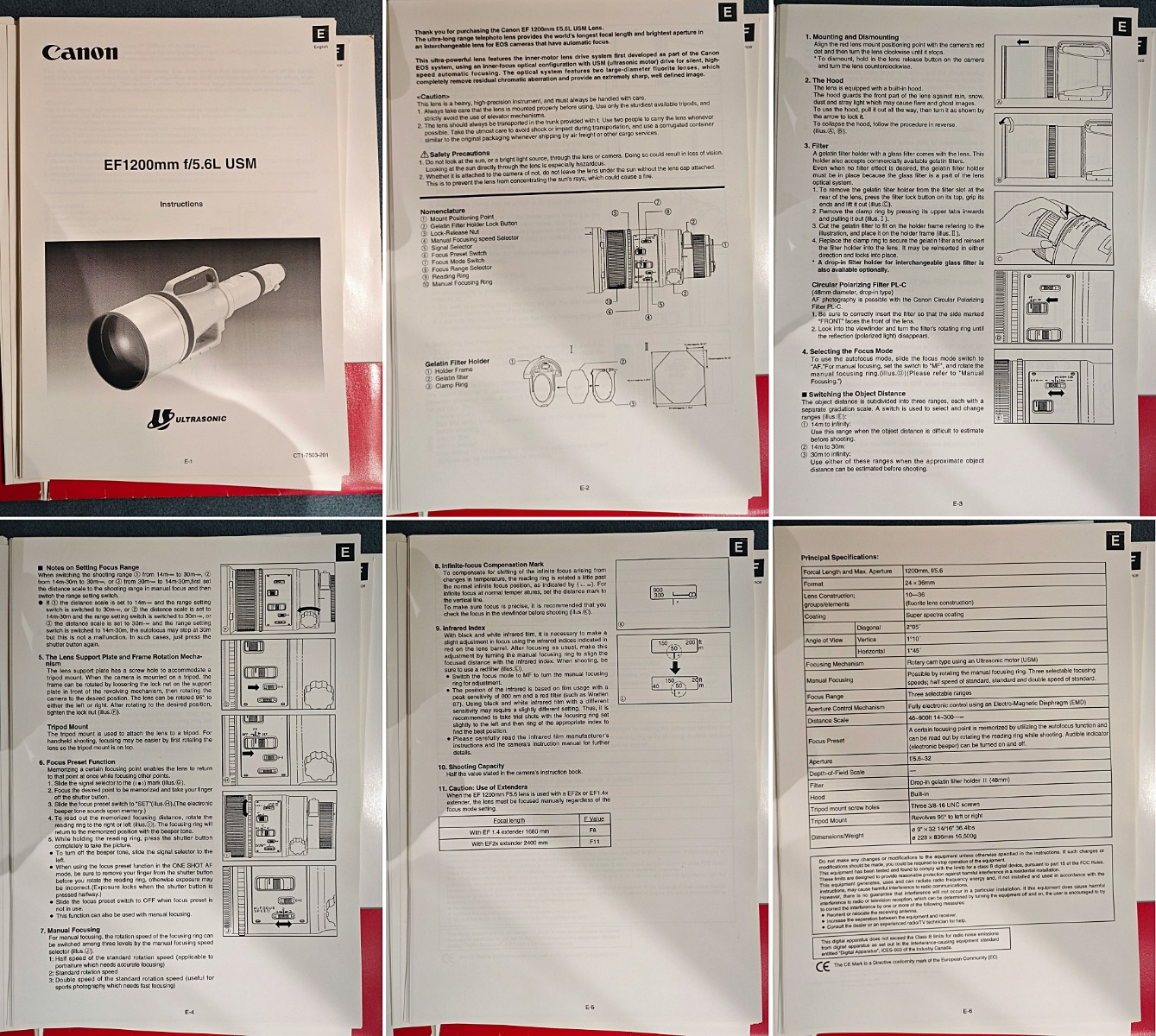 The instruction manual for the Canon EF 1200mm f/5.6 L USM (click here to enlarge).
The instruction manual for the Canon EF 1200mm f/5.6 L USM (click here to enlarge).
I conclude the experience with this extraordinary lens with the classic photos of the optics in my hand (but only held by the handle, suitcase style, not raised), still arousing considerable anxiety - already during the shooting I had various "bodyguards" immediately ready to grab the lens every time I had to make the smallest move, for fear that such a unique and expensive lens could fall and be damaged; if I had tried to lift it for the iconic handheld photo in "Sigma 200-500 F2.8 style", I think I would have unleashed terror and tragedy ;-)
To give an idea of how complex and risky it is to shoot with such lenses, an interesting observation that Lars made to me - and which I hadn't thought of - is that the mere fact of using AF is a risk: the example of the 1200mm F5.6 that I tested was built in 1998 and therefore the autofocus motor is 26 years behind it; if by misfortune it had broken, even for normal use after decades, during my shooting, the lens would have immediately lost a good part of its value since it would have become completely unusable. Since it is a lens produced by hand in very few copies, it is no longer possible to repair it, and since it uses focus by wire (manual focus is actually motorized, it is made by the AF motor), if the ring-USM motor were to break it would no longer be possible to focus neither in AF nor in manual, transforming the lens into a very expensive paperweight.

Conclusion
Although due to the enormous value and rarity of the lens I was able to shoot only in less than ideal conditions, trying the 1200 F5.6 was an exceptional experience and I was able to get many of the answers I was looking for, first of all if the performance was still good by current standards (and surprisingly it is, at least on the sensor of the 1DX II). The photos I published are the first and only ones ever taken with this lens on JuzaPhoto, and in general among the very few that can be found on the internet (perhaps the only ones published in full resolution).
Although it has become a collector's item, in its day the Canon EF 1200mm f/5.6L USM was a real work tool, designed not to be displayed in a display case but to be used and mistreated at sporting events, for naturalists and for real use in the field. Weight and price made it a very niche lens, but in the 80s and 90s it allowed the lucky few who used it to take home photos that would otherwise be impossible.
A huge thank you to Lars and Wetzlar Camera Auctions GmbH for agreeing to this trial and taking the considerable risks involved; If you are a fan or collector of vintage cameras and lenses, every year this auction house offers exceptionally rare and valuable objects, pieces of photography history. I recommend that you sign up for their newsletter to receive all the updates, and on this page you can see some of the highlights of previous auctions.
This article was originally published on JuzaPhoto: Canon EF 1200mm f/5.6 L USM Review, where you can find the full size photo samples taken with the 1200mm F5.6

